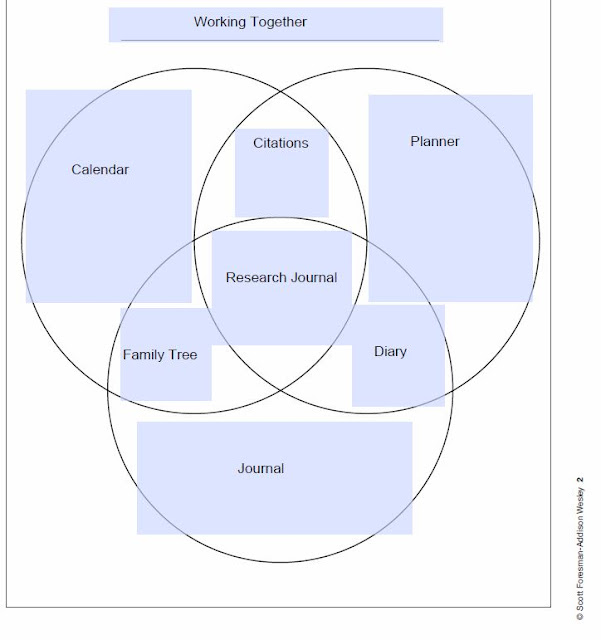 |
| Photo by Midge Frazel, 2016 |
Planner and Notebook Accessories
When I decided to buy an Erin Condren planner, I spent a lot of time investigating the accessories that are used with the planner and the notebook system. I went to two Staples and discovered some of the accessories in the clearance section and a display of the current planners. I was lucky to find two clutches and two notebooks marked down (for the 7x9 size). The accessories were not marked down so I looked them over and found some of them at Amazon and purchased them.
Once I decided that I did not need the large Life Planner (TM), I went to online store and ordered the Deluxe Monthly planner and some accessories that you see here. It was enough to make my order come UPS instead of the mail where items like this get mangled. My plan worked. I kept the packing box. Other than being pink, it is a great box for storing items.
I have put one notebook into use and put the other away for next year. This way I will only have to make a planner decision next year.
The markers seemed too expensive but since I am worth it (😁) I bought a set. They are wet based (not dry erase), so I opened and tested them. The company makes other colors but I liked the bold ones. You need water and a tissue to erase them. Here are all of the photos I have taken so far.
Happy Planning!

















